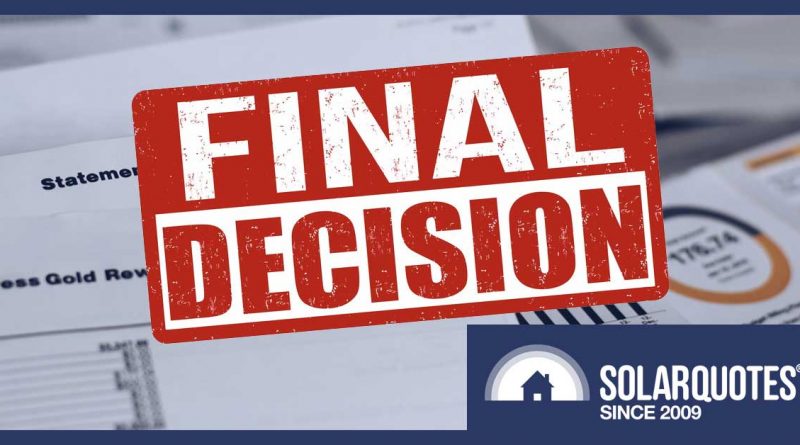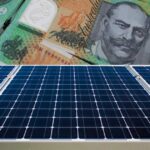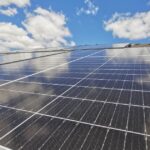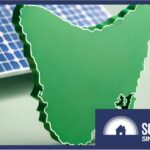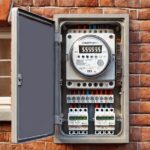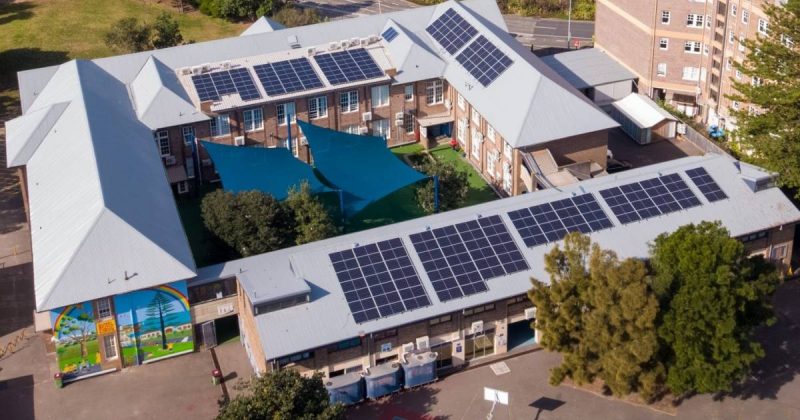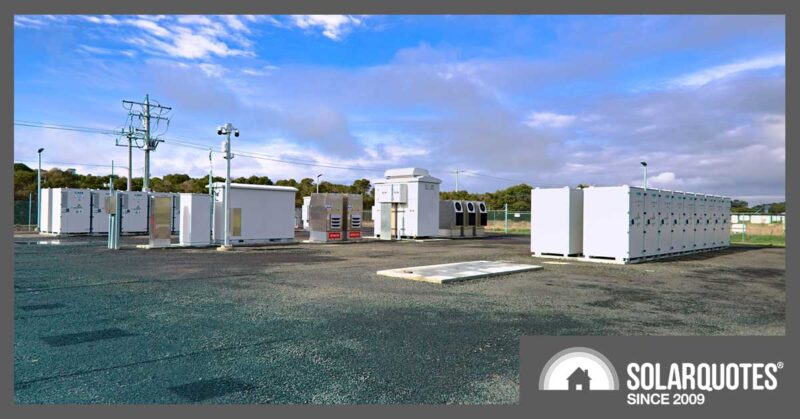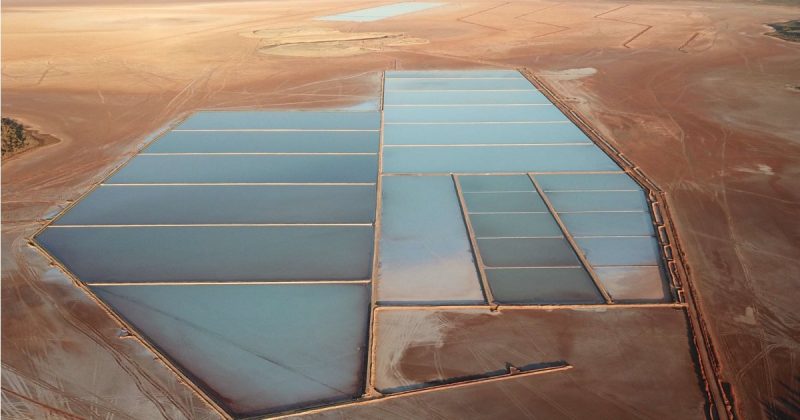AER Ruling: Victorian DNSPs Must Offer Flat Tariff To All. Except EV Owners.
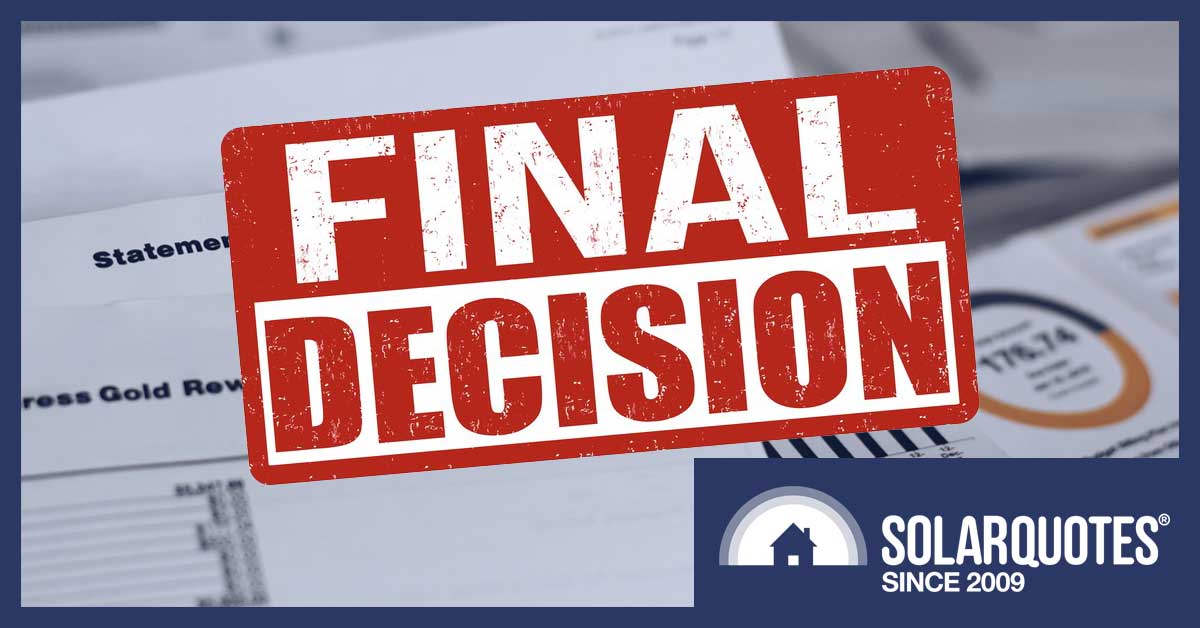
Finally, it’s official – DNSPs must offer a standard tariff to Victorian solar owners.
I have just read the Australian Energy Regulator’s FINAL DECISION Statement on Victorian Energy Distribution for 2021-2026. According to the document, Victorian electricity distributors will be required to:
- Make a flat tariff available to all residential customers, including homes with solar panels, unless…
- The household has an Electric Vehicle (EV), in which case a flat rate tariff is prohibited.
This is a requirement for electricity distributors (DNSPs) and not electricity retailers. But because distributors must supply a flat tariff, this will incentivise retailers to offer households a flat rate tariff.
Homes that have solar installed will still be put onto a time-of-use tariff by default but will be able to opt out to a flat rate tariff.
The exception is for households with an Electric Vehicle (EV).1 They will not be allowed a flat tariff. Lily D’ambrosio will create a register of EV owners to enforce it.
You can read the FINAL DECISION here but its 45 pages are pretty dense, so I’ll cover how it applies to households below.
Distributors Vs. Retailers
There are five electricity distributors in Victoria:
- AusNet Services:
- CitiPower
- Jemena
- Powercor
- United Energy
Distributors are in charge of local poles, power lines, and substations that provide grid electricity to homes and businesses. They take power from long-distance transmission lines and rooftop solar panels and make sure it gets where it’s needed. They are commonly called Distributed Network Service Providers or DNSPs. Households usually have no direct interaction with their DNSP and pay for their services through their electricity retailer.
While many people don’t know who their DNSP is, they almost always know their electricity retailer. Retailers take readings from electricity meters — which is easy in Victoria as almost everyone has a smart meter that retailers read remotely — and send out electricity bills. Retailers also answer customer queries and offer the electricity plans Victorians have to choose from.
What retailers charge on electricity bills covers:
- Generation costs — the cost of wholesale electricity.
- Long-distance transmission costs.
- Local distribution by DNSPs.
- Environmental and other charges.2.
- The electricity retailer’s own costs as well as profit.
Each property with a grid connection has a tariff applied by the DNSP in its area. The three main tariff types are:
- A flat tariff: This is also called a standard tariff. Each kilowatt-hour of grid electricity consumed costs the same no matter when it’s used.
- A time-of-use tariff: With these tariffs, the amount charged depends on the time of day.
- A demand tariff: These have an additional charge based on the amount of power used during peak times.
Electricity retailers pass the cost of these tariffs onto their customers. My understanding is retailers don’t have to offer the same type of tariff the distributor charges, but that’s what often happens in Victoria. Because of this, there were people put on a time-of-use tariff by their distributor who were then unable to get a flat tariff from their retailer. But because DNSPs are now required to offer a flat rate tariff, retailers should have no reason not to offer one.
Default Time-Of-Use Tariff With Solar
When you install solar in Victoria, you are put on a time-of-use tariff by default. The desires of the people who have to pay the bills are not considered. Their only choice is to either have a time-of-use tariff or a demand tariff. But at least they should soon have no problem switching to a flat tariff if desired.
Changing to a flat tariff will take time as retailers don’t like changing tariff types between billing periods. But it shouldn’t take more than one full billing period. If it does take longer than this, you may wish to contact the Energy and Water Ombudsman for Victoria. If that doesn’t help, I know three weird sisters with a cauldron who can have a go at turning whoever is mucking you about into a cane toad.

Flat Tariffs For 5 Years
Solar households in Victoria should be able to have a flat tariff for at least the next five years, as that’s how long the Australian Energy Regulator’s FINAL DECISION on Victorian energy distribution is good for.
When a household has a major change in circumstances, such as getting a solar system installed, they are considered a new customer. I reproduced part of the document below because it contains a critical point on how these households are to be treated concerning tariffs:

A micro-generation facility is almost always a rooftop solar power system. However, it is possible it could be something else, such as a tiny wind turbine or some sort of micro-hydroelectric system.3 So, this is good news for solar households. While it doesn’t mean they will be treated the same as everyone else, the tariffs they are required to use will be based on their electricity consumption patterns rather than just the fact they have solar panels.
It’s a pity this noble-sounding sentiment is immediately tossed in the bin by the Victorian Government when it comes to electric vehicles.
No Flat Tariff For EV Households
Households with an electric vehicle in Victoria will not be allowed to have a flat tariff and will only be permitted to have a time-of-use or demand tariff. The Victorian government will create a register of electric vehicle owners in the state to enforce this.
This requirement was not introduced by electricity distributors but by the Victorian Government, specifically the Department of Environment, Land, Water and Planning (DELWP).
I have no idea how this will be enforced. If it only applies to the person whose name is on the electricity account, then many households will be able to avoid it. If it applies to everyone living in the home, then if your new roommate happens to have an electric car, it could end up complicating your electricity bill.
This is the exact opposite of treating people with “similar connection and usage profiles” equally.
VIC EV Owners Can’t Catch A Break
I don’t think the registry of EV owners will, at any point, be used to round up people and send them to Internal Combustion Engine Reeducation Camps. I’m not worried by this possibility even though the only reason I exist is that, when Germany invaded the Netherlands, my Grandparents had “RC” printed on their papers instead of “J”.4 Rather, I am concerned because EV drivers can’t seem to get a break in Victoria.
Those who want to own EVs already have to put up with the Victorian Government offering incentives with one hand and taking them away with the other. Making electric car ownership dictate your electricity plan is an additional disincentive. It may not be a major roadblock like the road charge, but it doesn’t help.
Time-Of-Use Tariffs Are Useful
Those in charge of running the grid have a good reason for liking time-of-use and demand tariffs. It’s so people will use less power during peak periods. This lowers average wholesale electricity prices and can avoid the need for expensive grid upgrades. These benefits decrease the cost of grid electricity for everyone.
The downside is time-of-use and demand tariffs are more complex — especially demand tariffs. To be of any use, households have to put some effort into changing their consumption habits. While there are people who don’t consider this difficult, it is a drawback, and the burden falls heavier on the elderly as they are less flexible and find it harder to change5.
A Fair Go
To me, it seems reasonable that people on flat rate tariffs pay a little more per average kilowatt-hour than those on time-of-use or demand tariffs. But I don’t consider it fair to force people onto a tariff they don’t want.
I’m fine with persuading people to shift to time-of-use tariffs in a positive, non-coercive way. For example, people who would have been better off on a time-of-use tariff can be sent a letter pointing out how much they would have saved and asked if they would like to change. Those that wouldn’t have benefited could be offered free timers or smart energy management devices to help enable a time-of-use tariff to make sense for them.
I consider the Australian Energy Regulator’s FINAL DECISION to require DNSPs to offer a flat tariff in Victoria a helpful step to keeping things fair. The Victorian Government prohibition on households with EVs using flat rate tariffs is not.
EV Flat Tariff Ban Unnecessary
I understand why the Victorian Government decided to ban EV households from having flat tariffs. They’re afraid that vast numbers of electric cars will be driven home from work and plugged in to charge during the evening peak. The surge in peak power consumption would require billions in grid upgrades to prevent rolling blackouts and cause electricity prices to soar6.
The grid does need to be protected against this possibility, but banning an entire class of tariffs for EV owners and creating a registry to enforce this is incredibly ham-fisted. I actually think it’s beyond ham-fisted. When it comes to electric vehicles, the Victorian Government has been acting as though it has an entire pig on the end of each arm.
It’s also unnecessary. If any household does start consuming excessive amounts of grid electricity during peak periods, their retailer can send them a letter telling them to knock it off, or they will put them on a different tariff. That would be fair because it would be based on actual grid electricity consumption and not simply whether or the electricity account holder — or possibly just someone in the household — owns an electric car. After all, the car could be charged entirely by rooftop solar during the day or possibly by solar panels on the car roof.
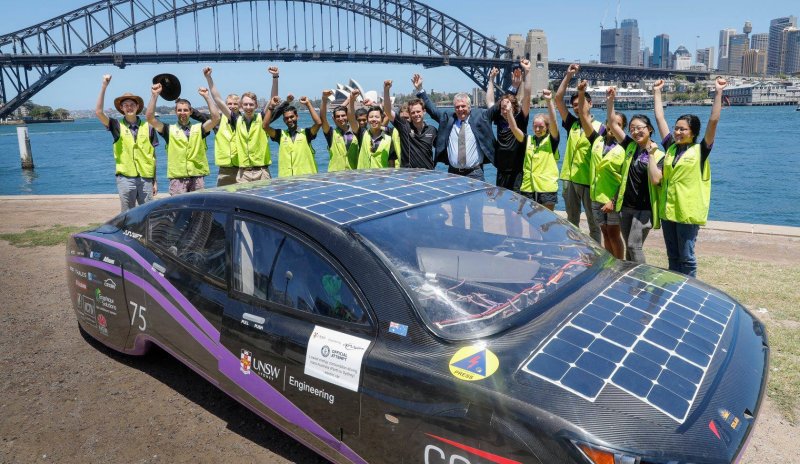
The Sunswift electric car. (Image: UNSW)
While in other states, it would be difficult to detect homes with very high peak period power consumption because of the limited penetration of smart meters, almost every household in Victoria has one. But even in other states, people who buy EVs often either see the advantage of getting a smart meter so they can charge their car with cheap off-peak electricity or mostly charge it during the day using rooftop solar.
But the saddest — or possibly stupidest — thing of all is anything that discourages the uptake of EVs is likely to be counterproductive from the point of view of keeping electricity prices down. This is because they have massive potential to support the grid and lower costs. With the right incentives in place, electric cars could charge up when energy is plentiful and cheap and provide the grid with power when it’s most needed. This would be extremely useful for avoiding costly grid upgrades while helping the nation shift away from fossil fuel generation.
A Humble Proposal…
I welcome the fact Victoria’s DNSPs will be required to offer a flat tariff to solar households. While people will still be put on a time-of-use tariff by default when they get solar power systems, at least everyone in Victoria should soon have no real difficulty changing to a flat rate tariff if that’s what they want.
But in honour of their recent EV policy, I suggest Victoria’s state animal be changed to the pushmi-pullyu on account of how every time it takes a step forward, it can’t help but take a step back.

Footnotes
- Technically there is also an exception for households that consume more than 160 megawatt-hours a year. As this is an average of over 438 kilowatt-hours a day, it’s not likely to affect anyone you know.
- The largest environmental charge is for our Renewable Energy Target, which is a way of making everyone pay to compensate for some of the harm caused by fossil fuel generation, rather than just making fossil fuel generation shoulder the cost.
- Don’t laugh. I know some Dutch people who have a micro-hydroelectric system. It’s in Australia, of course. The Netherlands is too flat for it to work. In fact, the Netherlands has reverse hydroelectric power because they’re always spending energy pumping water up over their dykes.
- The Nazis loved Remote Control enthusiasts.
- After I explained to my father that he should try to shift his electricity to the middle of the day to take advantage of solar energy production, he spent the next few weeks telling his friends I was a crazy person who talked to the electricity meter and followed its commands. This would have bothered me more if other people could see his friends.
- Again.
Original Source: https://www.solarquotes.com.au/blog/aer-vic-flat-tariff/

